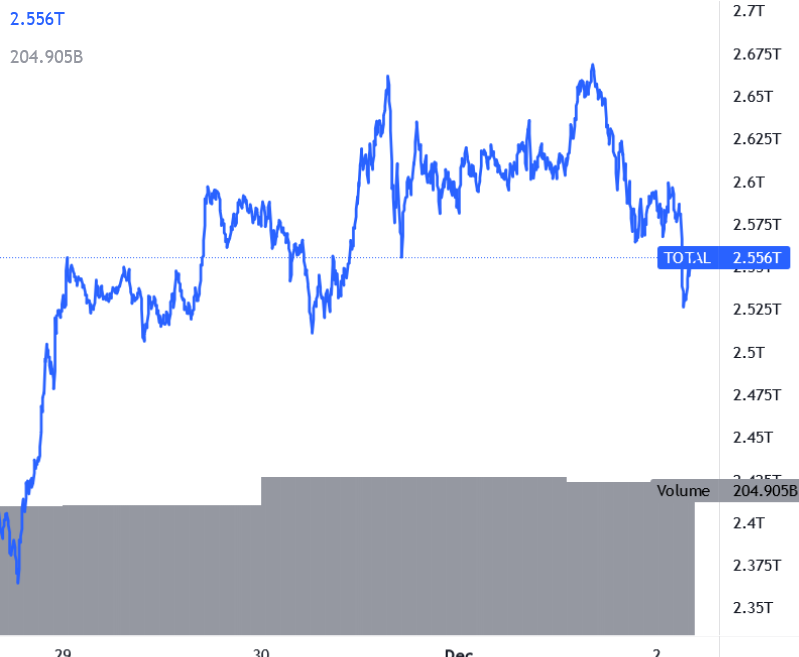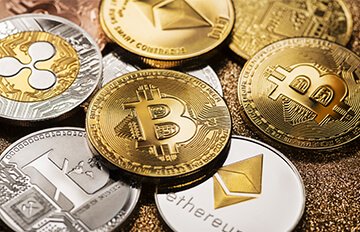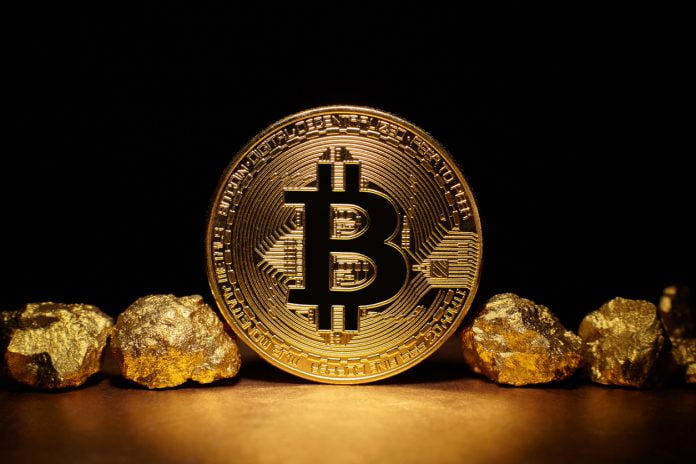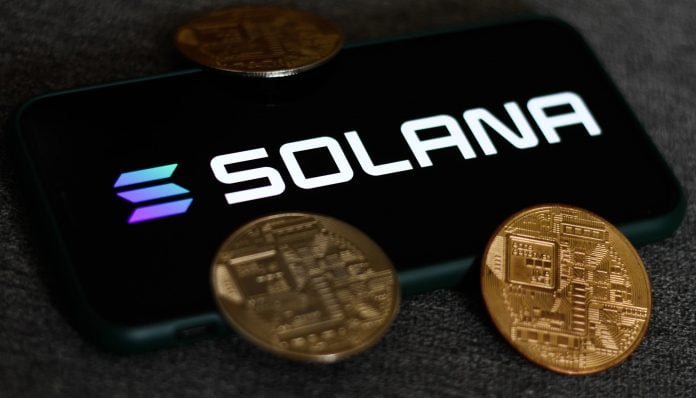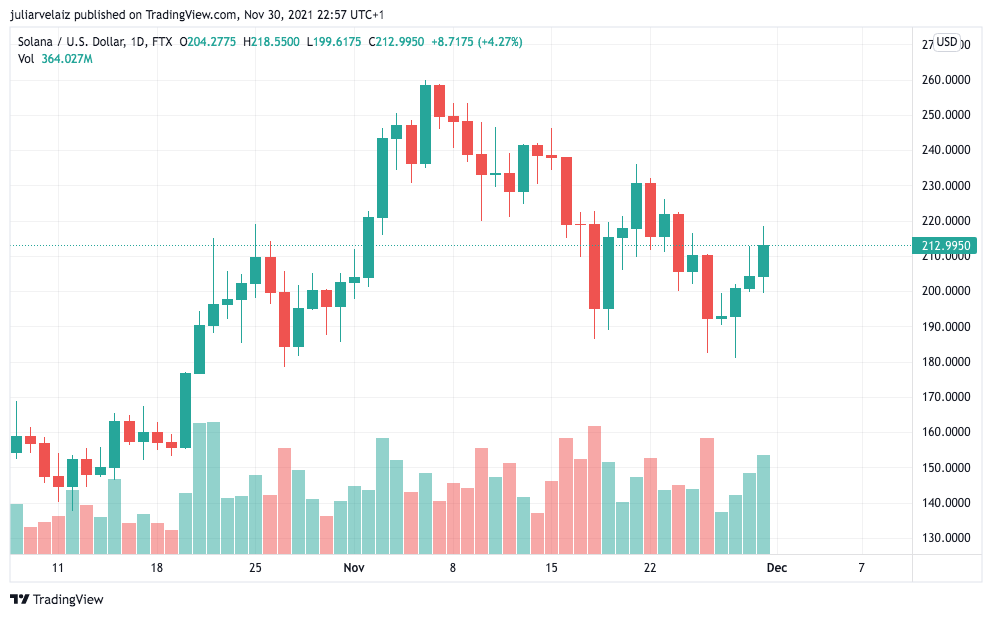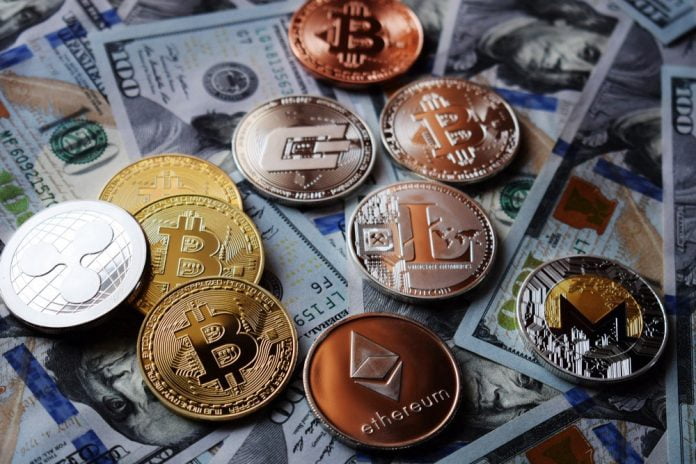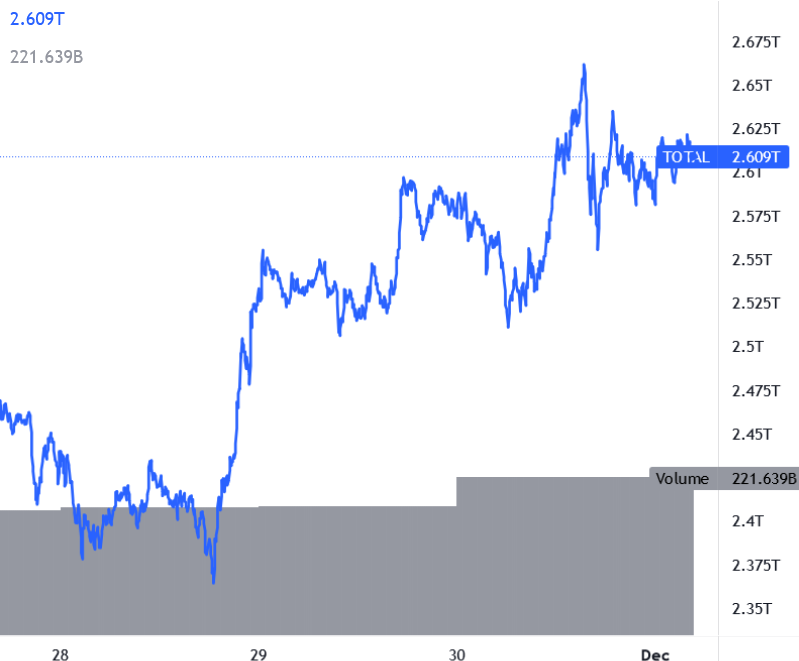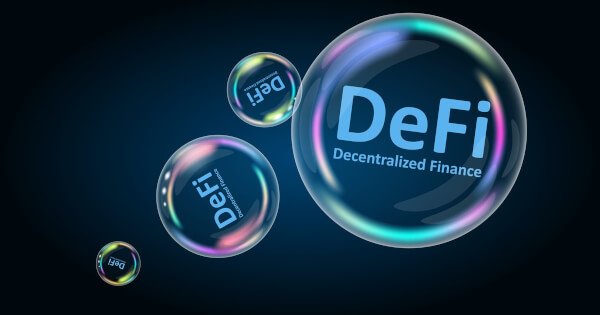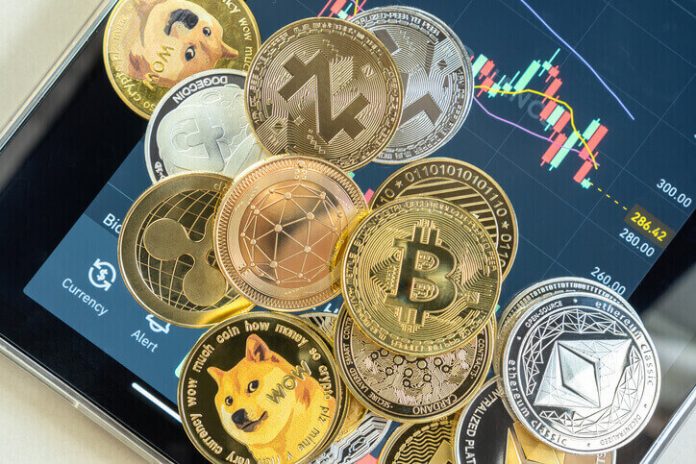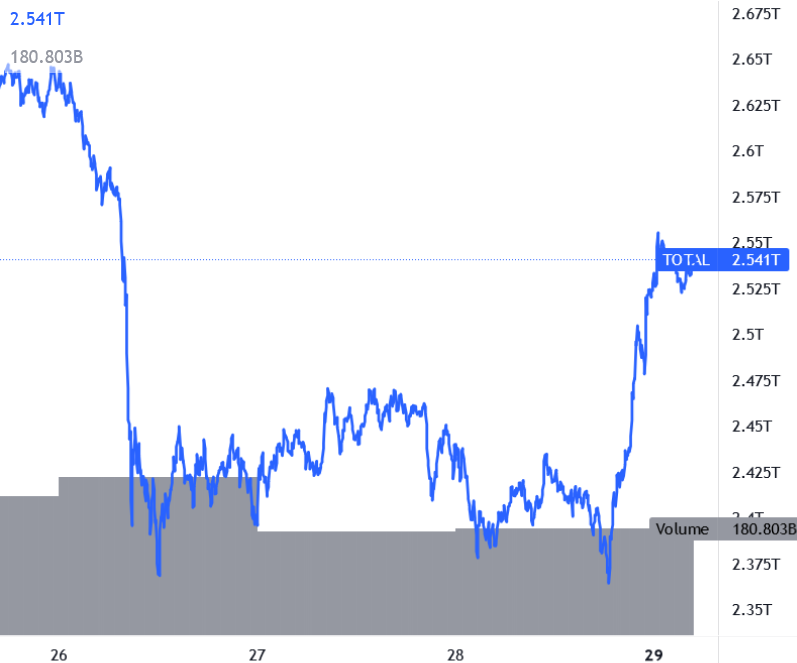- Smaller markets with a lighter administration might lead the way in terms of crypto regulation.
- A standardized approach to regulating crypto is estimated to emerge.
- Traditional financial will insist on a level playing field in terms of regulation.
- A transaction involving smart contracts on-chain does often not fit into the basic legal concepts.
- Also, expect to see interesting debates around NFTs.
If 2021 has been the year of talking about crypto regulation, then 2022 is likely to be the year of action. Because if nothing else, 2021 has shown that crypto isn’t likely going away.
As with 2021, 2022 is likely to bring a mix of attitudes towards crypto, with some nations taking a very favorable view (as seen with El Salvador) and others taking a much harder line (as seen with China). However, industry players estimate that much of the regulation imposed next year will be increasingly positive, as more governments and official agencies come to appreciate its scope and more positive aspects.
At the same time, industry figures say regulators will start looking to regulate specific areas of the crypto industry in 2022, with stablecoins, non-fungible tokens (NFTs), and decentralized finance (DeFi) being particular focuses for many. And while certain people within crypto may be horrified by the prospect of more regulation, the introduction of consumer safeguards may ultimately be a net positive for the industry.
2021 crypto predictions vs. reality
Back in November 2020, industry players predicted that 2021 will bring a piecemeal approach to introducing new crypto regulations. This is largely the case, given that most developed nations seem to still be debating and consulting on potential rules, with the likes of Ukraine, Cuba, and El Salvador being the exception rather than the norm.
One thing commenters got wrong is that they suggested that the United States will introduce comprehensive crypto legislation in 2021. While some states have introduced their own statewide bills, the federal government has continued to dilly and dally with little to show for it.
Movements towards more favorable treatment
Speaking to Cryptonews.com, DappRadar CEO Skirmantas Januškas suggests that 2022 is likely to continue playing host to a mix of divergent regulatory approaches in different parts of the world. For him, this largely results from the fact that crypto is often driven by bottom-up governance and demand.
“In countries where the underlying economic model is weak, or inflation is crippling, or access to a global market is limited, this bottom-up demand tends to be greater. Governments are, understandably, reacting to it in different ways, and that’s where politics, and even geopolitics come in,” he said.
Ian Taylor also estimates a stark difference in regulation approaches will continue emerging in 2022, with the executive director of CryptoUK putting the main divide between East and West.
“The West is not banning crypto where they have seen more aggressive prohibition of certain activities and market participants,” he told Cryptonews.com, suggesting that different regulatory stances may stem from the different uses of cryptoassets we see in different parts of the world.
“Bitcoin (BTC) for example is largely used as an investment or speculative asset class in the West. Whereas in Asia and other developing nations the use case is more aligned to a payment tool especially for remittances,” he said.
In terms of which nations will actually implement new crypto legislation in 2022, Skirmantas Januškas suggests it will be smaller states that aim to get a headstart on attracting crypto-related economic activity.
“It seems that it will be the smaller markets with a lighter administration that will lead the way in terms of crypto regulation. Perhaps this might eventually bring a new balance of power, and perhaps not,” he said.
But while some countries might maintain a restrictive approach towards crypto, observers estimate that the general trend will be towards more acceptance of crypto, even if it involves imposing some kind of safeguards.
“In the case of blockchain technology, I am confident that regulators will soon appreciate that the technological certainty that smart contracts on a blockchain guarantee, can achieve equivalent results in terms of consumer protection and fraud prevention as compliance with regulation can — sometimes even rendering compliance measures unnecessary. Whether or not this will happen as early as 2022 will have to be seen, but those in the industry are working hard to educate regulators about the opportunities that blockchain technology brings,” said Jan Stockhausen, Chief Legal Architect at Etherisc.
This is largely the view taken by Alexander Filatov, CEO and Co-founder at TON Labs.
“As the adoption of blockchain and crypto continues, I believe that a standardized approach to regulating crypto will emerge: likely in the form of a decentralized framework. Within this, I believe we will see great value in true decentralization and lack of control by single or few parties,” he told Cryptonews.com.
The evolving complexity of the industry
In terms of the specific areas of the industry that will be regulated, stablecoins will receive attention in various parts of the world, with the US, the EU, and the UK in particular working on stablecoin regulation as we write.
According to Ian Taylor, most jurisdictions are already quite advanced as far as policy-making goes, with 2022 likely to see numerous laws actually passed concerning stablecoins (in addition to cryptoassets in general).
“The UK’s consultation (see our response here) closed in March. Effectively stablecoin issuers in the UK will be treated like e-money institutions,” he said.
In the EU, the Regulation on Markets in Crypto Assets (MiCA) will roll out a similar treatment to the UK. However, Taylor explains that there will be some subtle differences.
Taylor also notes that, in the United States, regulators and officials have been making plenty of noises when it comes to stablecoins, with the President’s Working Group on Financial Markets repeatedly stating this year that they need greater oversight.
Looking beyond stablecoins, DeFi is another area that will receive attention from regulators in various parts of the world.
“Speaking for the UK specifically, we are aware that the Financial Conduct Authority is looking at market integrity and market surveillance around yield-bearing products and staking on centralized exchanges,” said Ian Taylor.
For him and the UK’s crypto sector, the hope is that such DeFi-focused regulation will limit itself to ensuring proportionate consumer protection, and not outright restriction.
“In regards to DeFi, most of the users are experienced and knowledgeable crypto users. However, we do believe that the industry can do more in regards to consumer protection, such as better risk disclosure, transparent pricing, code/smart contract audits, etc.,” he added.
Jan Stockhausen also says that DeFi might receive plenty of regulatory attention in the next couple of years, particularly if it continues its “exponential growth” (aided in part by inflation) and puts pressure on governments.
“Traditional financial institutions may start feeling challenged and will insist on a level playing field in terms of regulation […] The fundamental challenge legislators will struggle with for some time is that a transaction involving smart contracts on-chain does often not fit into the basic legal concepts underlying existing laws and regulations,” he said.
Stockhausen says that regulators will continue to struggle with these questions for some time. As such, we may see more of a steady trickle of new regulations next year rather than an onslaught.
Another area that will receive attention next year is, unsurprisingly, non-fungible tokens, as with DeFi, is becoming too big to ignore.
“I expect to see interesting debates around whether NFTs are securities, whether the trading of low-cost in-game NFT items should be taxable, whether income from play-to-earn games can be considered income at all. Play-to-earn blockchain games and gamified finance opportunities account for half of dapp usage currently, and in some cases, like in the Philippines, their contribution to the GDP per capita is at a level where these debates are already starting,” said Skirmantas Januškas.
This shows that the crypto industry isn’t something that can be neatly and comprehensively covered by a few pieces of legislation. Given that it regularly transcends the limits of traditional financial and legal concepts, it may still be some time before legislators fully formulate regulations that provide the clarity the industry has been expecting for several years now.
In other words, 2022 is likely to bring some new regulations, but don’t expect crypto’s regulatory issues to be solved in its 12 months.
